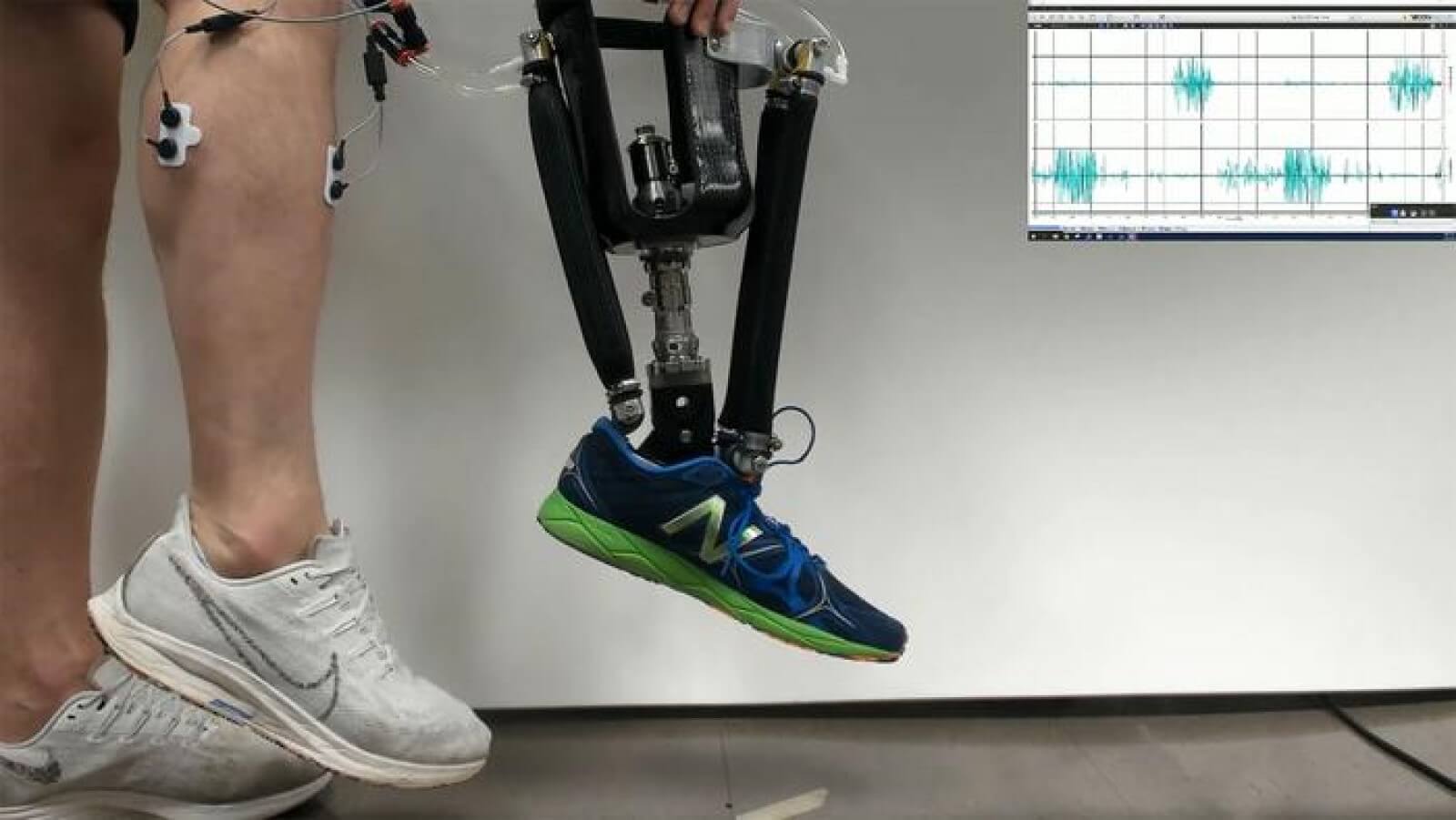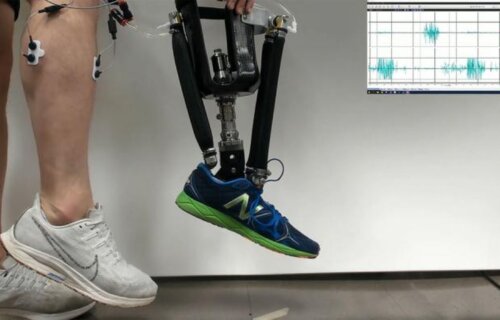RALEIGH, N.C. — A cutting-edge prosthetic may help improve the quality of life among countless amputees. Researchers from North Carolina State University and the University of North Carolina at Chapel Hill have developed robotic prosthetic ankles that can improve an amputee’s stability. It would also allow them to move much more “naturally” than other currently available options. These incredible prosthetics are controlled by the user through nerve impulses.
“This work focused on ‘postural control,’ which is surprisingly complicated,” says Helen Huang, the corresponding author of the study and the Jackson Family Distinguished Professor in the Joint Department of Biomedical Engineering at NC State and UNC.
“Basically, when we are standing still, our bodies are constantly making adjustments in order to keep us stable. For example, if someone bumps into us when we are standing in line, our legs make a wide range of movements that we are not even necessarily aware of in order to keep us upright. We work with people who have lower limb amputations, and they tell us that achieving this sort of stability with prosthetic devices is a significant challenge,” Huang continues in a university release. “And this study demonstrates that robotic prosthetic ankles which are controlled using electromyographic (EMG) signals are exceptionally good at allowing users to achieve this natural stability.”
For reference, EMG signals are electrical signals recorded from a person’s muscles.
This latest work also built on a previous study that had demonstrated that neural control of a powered prosthetic ankle can restore a range of abilities, such as standing on challenging surfaces and even squatting. To conduct this research, the team collaborated with five individuals who had amputations below the knee on one leg. Patients were fitted with a prototype robotic prosthetic ankle built to respond to EMG signals that are picked up by sensors on the leg.
“Basically, the sensors are placed over the muscles at the site of the amputation,” adds Aaron Fleming, co-author of the study and recent Ph.D. graduate from NC State. “When a study participant thinks about moving the amputated limb, this sends electrical signals through the residual muscle in the lower limb. The sensors pick these signals up through the skin and translate those signals into commands for the prosthetic device.”

General training sessions were held with the amputees to help them control and use the prototype device, ensuring all participants were somewhat familiar with the technology.
Next, participants had to respond to an “expected perturbation,” meaning they had to react to something that might throw off their balance. In real life, this could be something as simple as catching a ball or picking up a bag of groceries. In order to precisely replicate conditions over the entire course of the study, researchers put together a mechanical system intentionally designed to challenge the stability of participants.
Study participants then had to respond to the expected perturbation under two conditions: using the prosthetic devices they normally wore; and then again using the robotic prosthetic prototype.
“We found that study participants were significantly more stable when using the robotic prototype,” Fleming notes. “They were less likely to stumble or fall.”
“Specifically, the robotic prototype allowed study participants to change their postural control strategy,” Prof. Huang comments. “For people who have their intact lower limb, postural stability starts at the ankle. For people who have lost their lower limb, they normally have to compensate for lacking control of the ankle. We found that using the robotic ankle that responds to EMG signals allows users to return to their instinctive response for maintaining stability.”
During a separate part of the project, the research team asked all the participants to sway back and forth while using their normal prosthetic, and then once more using the prototype robotic prosthetic. They were equipped with sensors designed to measure muscle activity across the entire lower body during this activity.
“We found that muscle activity patterns in the lower body were very different when people used the two different prostheses,” Prof. Huang concludes. “Basically, muscle activation patterns when using the prototype prosthetic were very similar to the patterns we see in people who have full use of two intact lower limbs. That tells us that the prototype we developed mimics the body’s behavior closely enough to allow people’s ‘normal’ neural patterns to return. This is important, because it suggests that the technology will be somewhat intuitive for users.”
“We think this is a clinically significant finding, because postural stability is an important issue for people who use prosthetic devices. We’re now conducting a larger trial with more people to both demonstrate the effects of the technology and identify which individuals may benefit most.”
The study is published in the journal Science Robotics.
You might also be interested in:
- ‘Real bionic woman’ becomes first person to have prosthetic limb fully merged with her body
- Groundbreaking bionic arm brings sense of touch back to amputees with prosthetic
- Limb regeneration a reality: Scientists successfully regrow a frog’s lost leg

